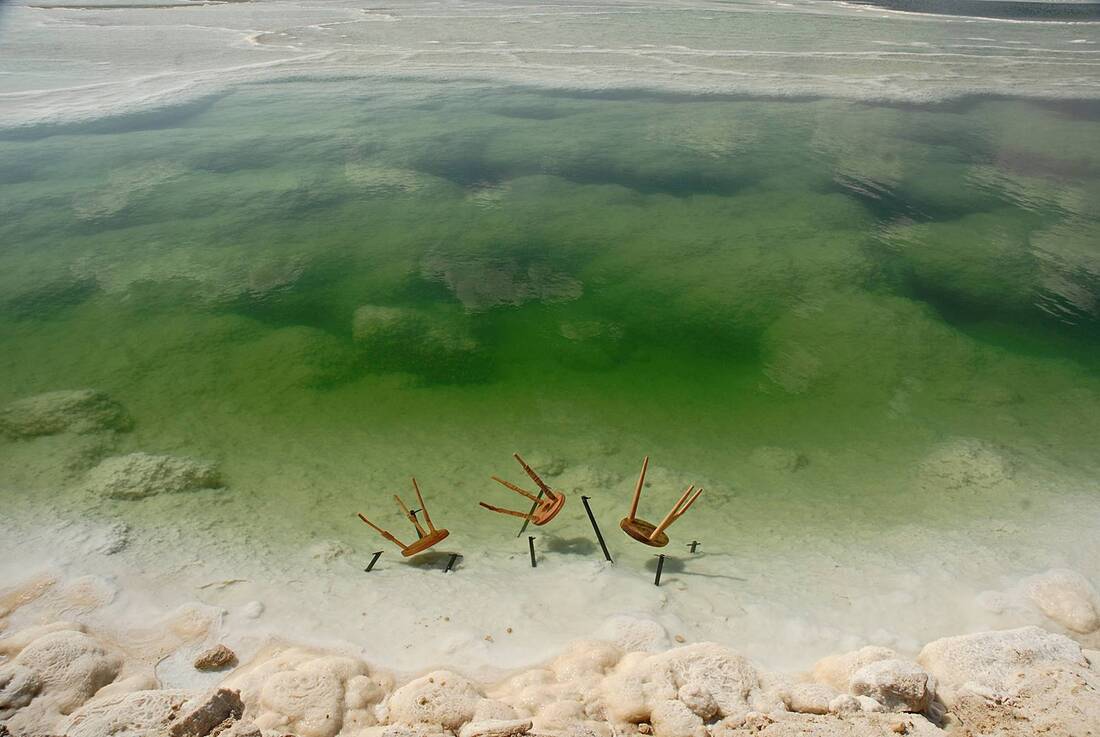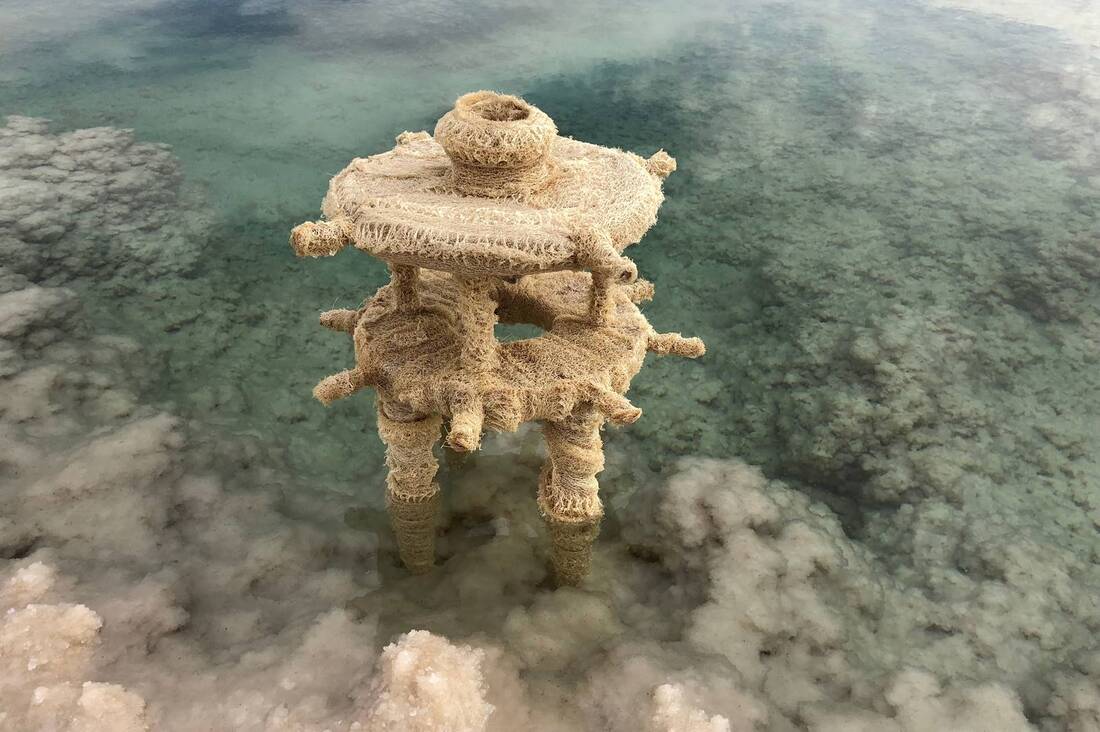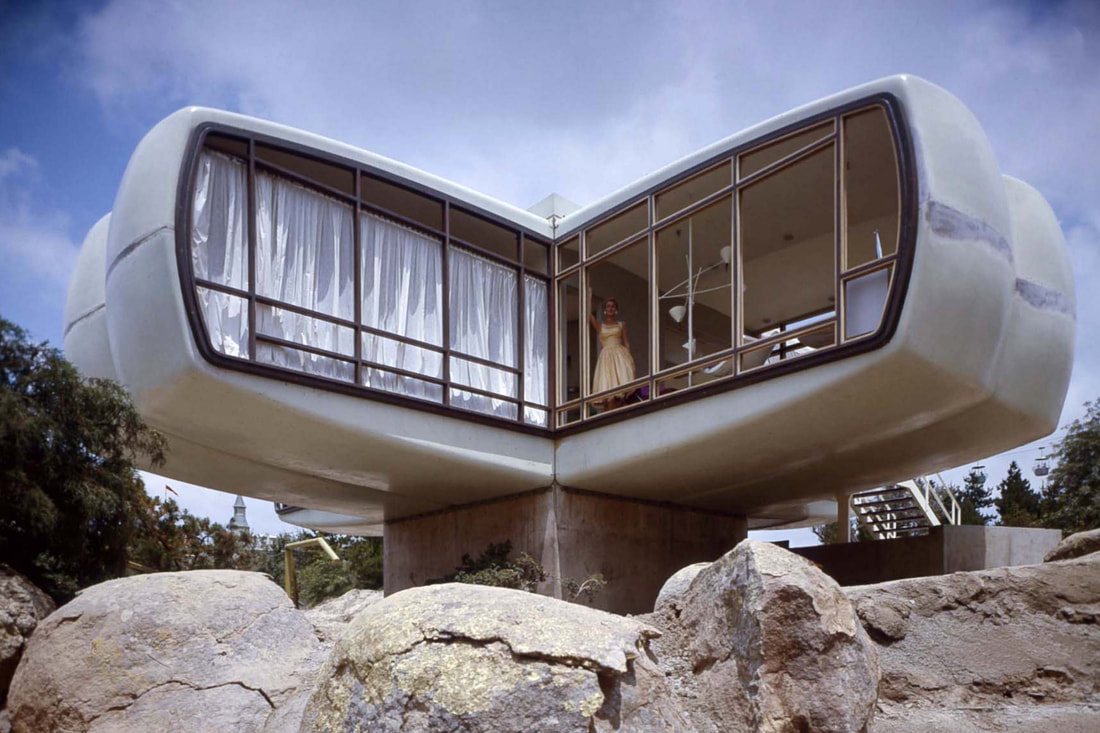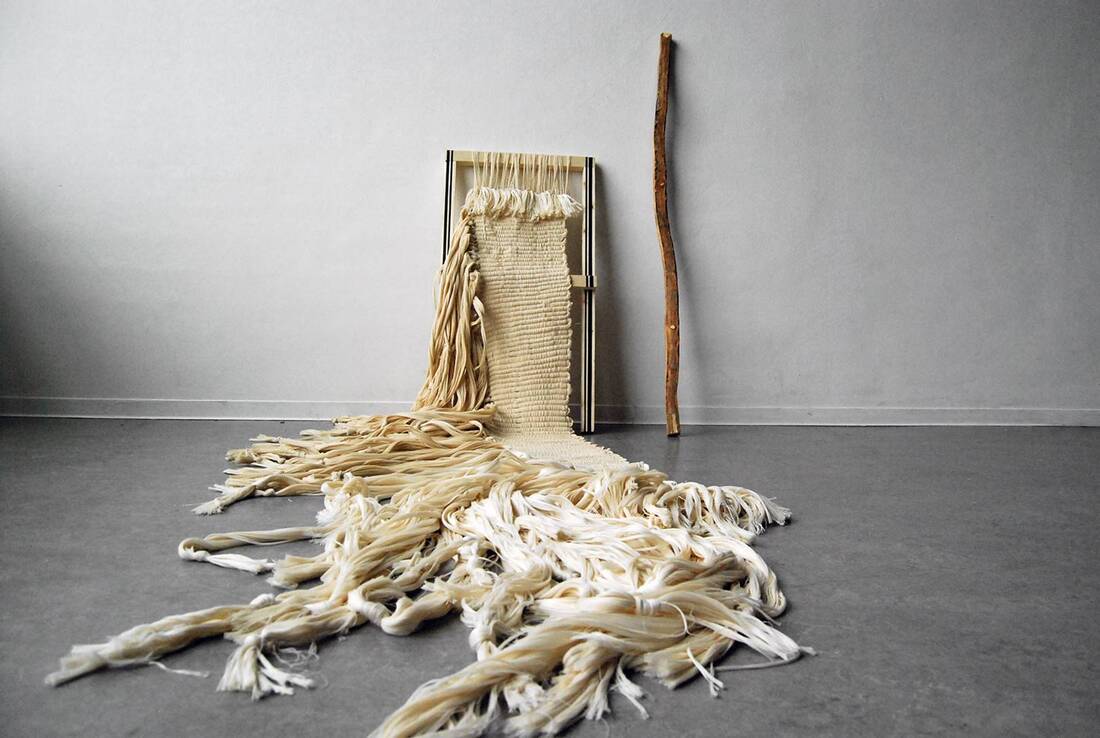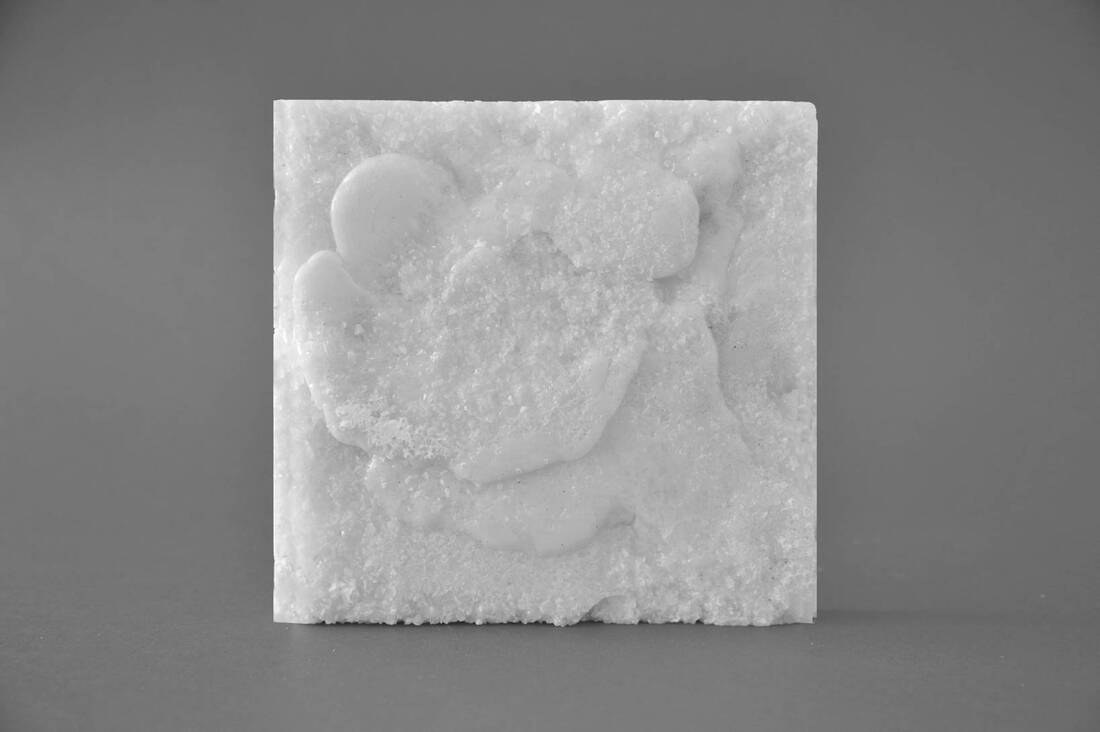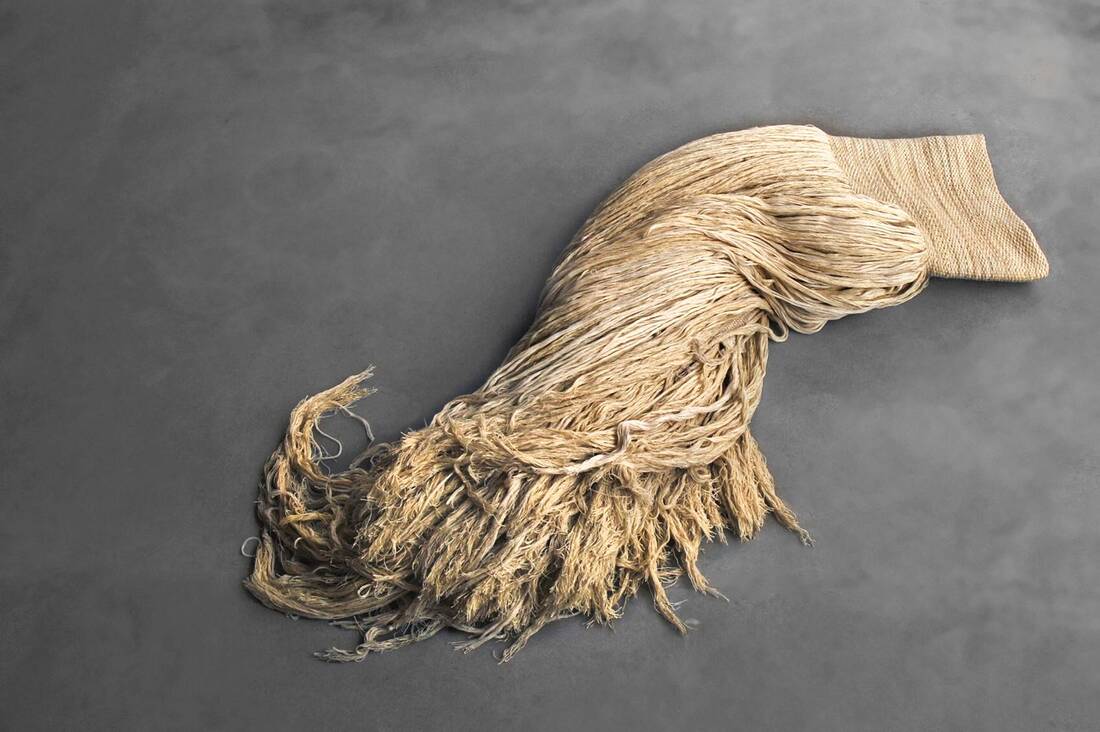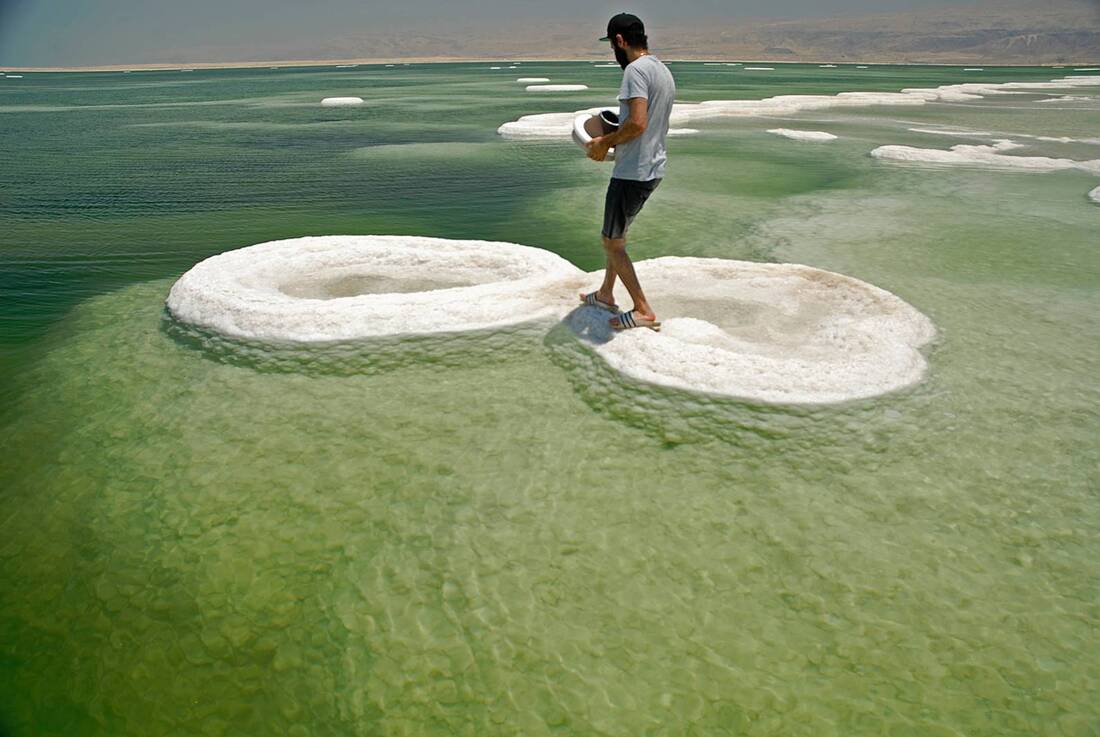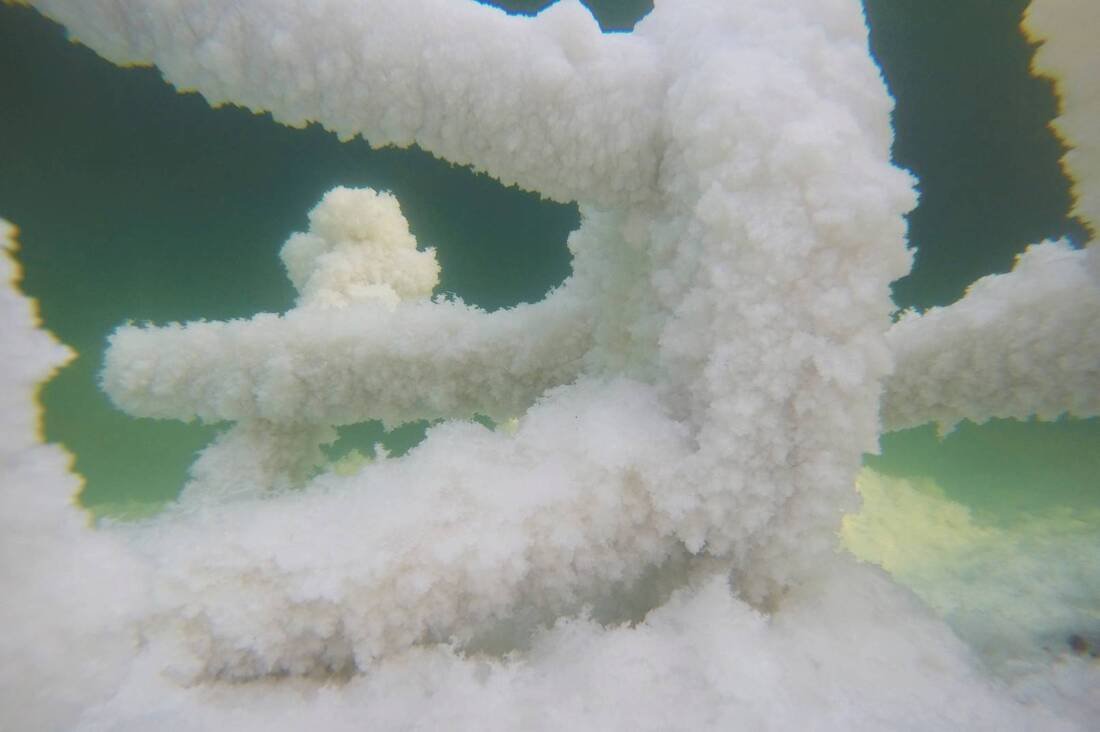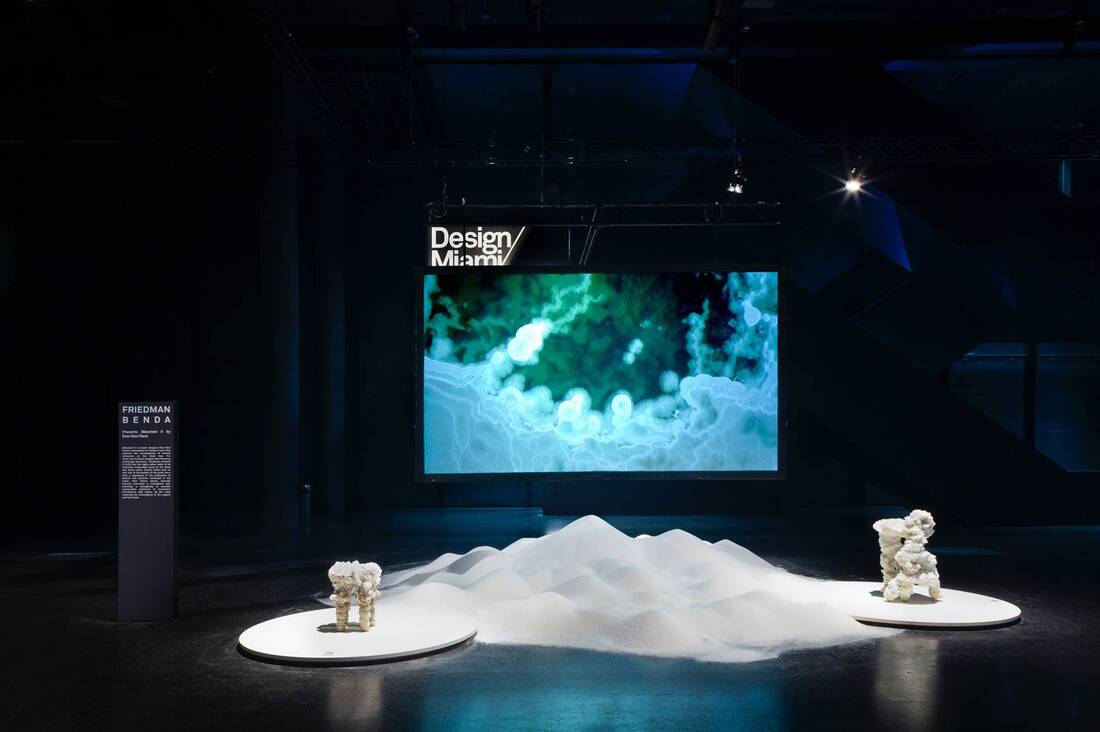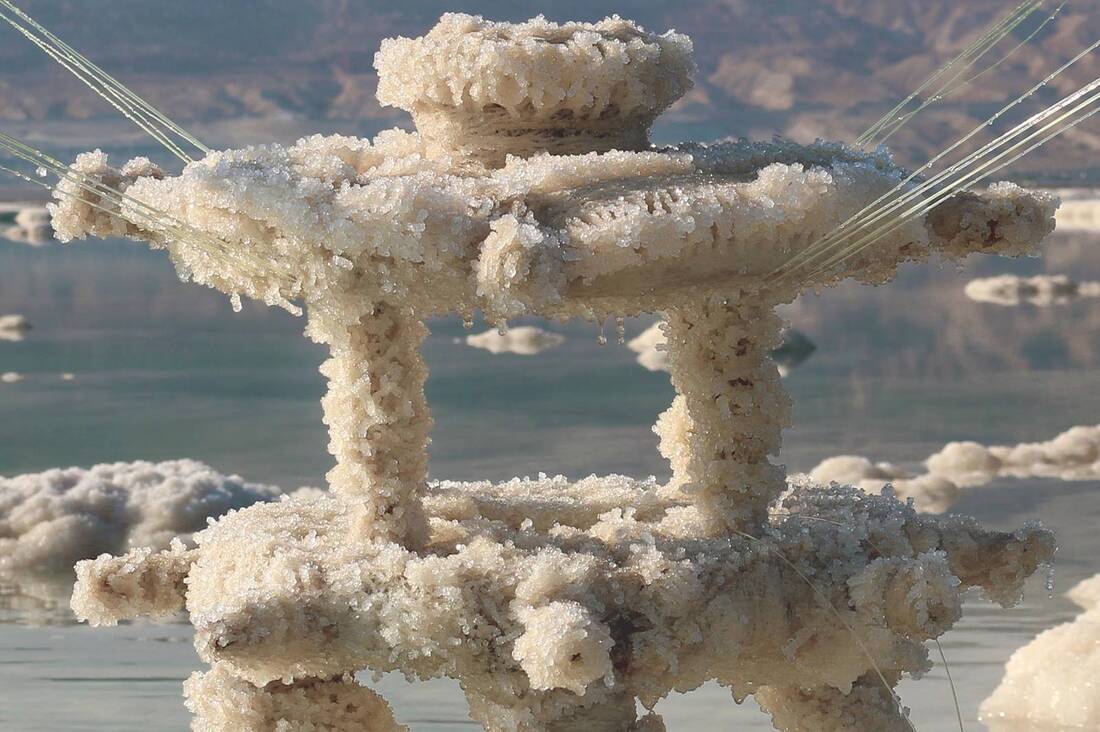Houses in plastic? In the 70s, plastic was the primary material used by visionary designers to express the futurism of the Space Age. Think about Pierre Cardin’s plastic dresses; the Futuro House by Matti Suuronen; or the Monsanto House of the Future, built in Disneyland’s Tomorrowland, in demonstrating the potential of modern plastics to transform lifestyle (below) Today, plastic is perceived as the most unsustainable substance, which can persist in the environment for half a millennium. Designers who care about the environment and the future of the planet stay away from it. This is what we learnt this morning from Erez Nevi Pana, the Israeli designer who made his name in the international world of design with advancing Vegan Design. I invited him for the concluding talk of the spring 2020 season of Collecting Design.
If ethical materials are those which doe not cause any harm to living things, then his are ethical. But more than that, as they are often help the plane to become more sustainable and renewable. Thinking, experimenting, and formulating vegan materials are fundamental to Nevi Pana’s practice. They always come from nature, they help energizing the environment, and they never cause destruction. He uses ‘Peace Silk’ from India for his textile art; natural paste that he makes of nuts for his basketry; salt glaze for his clay art; and Luffa plants for his crystalline salt furniture.
He is mostly interested to raise an awareness of the crisis and his design is highly political, just like the William Morris of our time. Living with morality and harmony with nature is the ultimate beautiful and healthy existence. Nevi Pana practices the type of lifestyle for which he preaches, giving up meat and dairy years ago. Furthermore, to him, vegan living extends beyond the diet, and into avoiding any product that uses animals. He is in the process of completing his PhD at the University of Art and Design in Linz, Austria, and the topic of his dissertation is Vegan Design. It was inspiring to learn about social justice, pollution, and his ethical framework.
Images courtesy Friedman Benda and the Artist.

